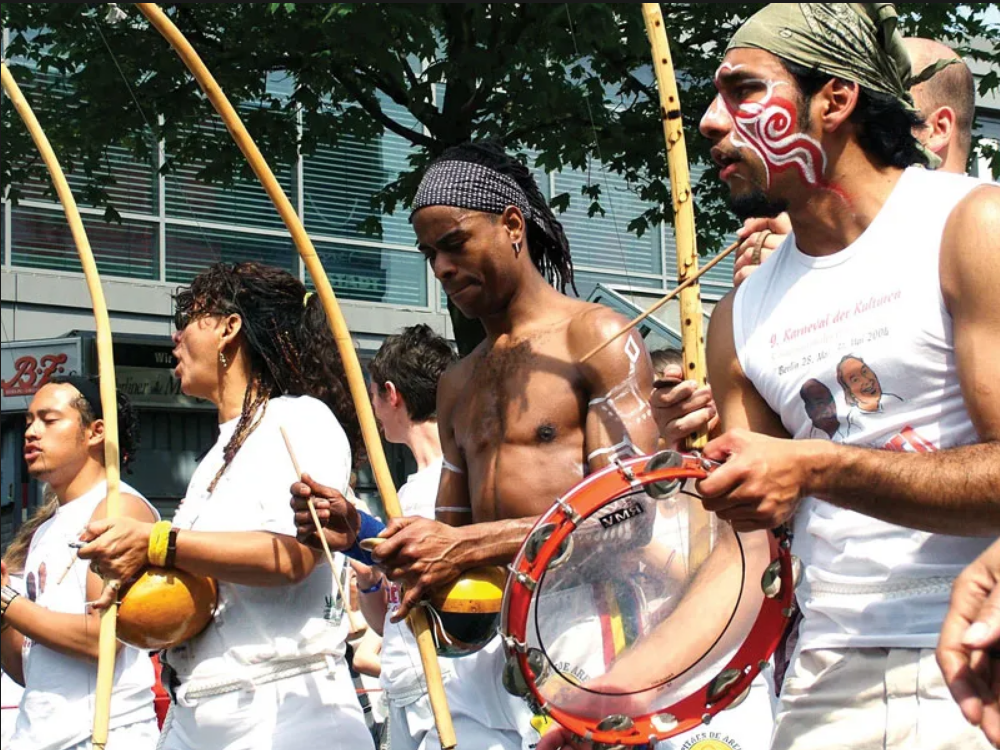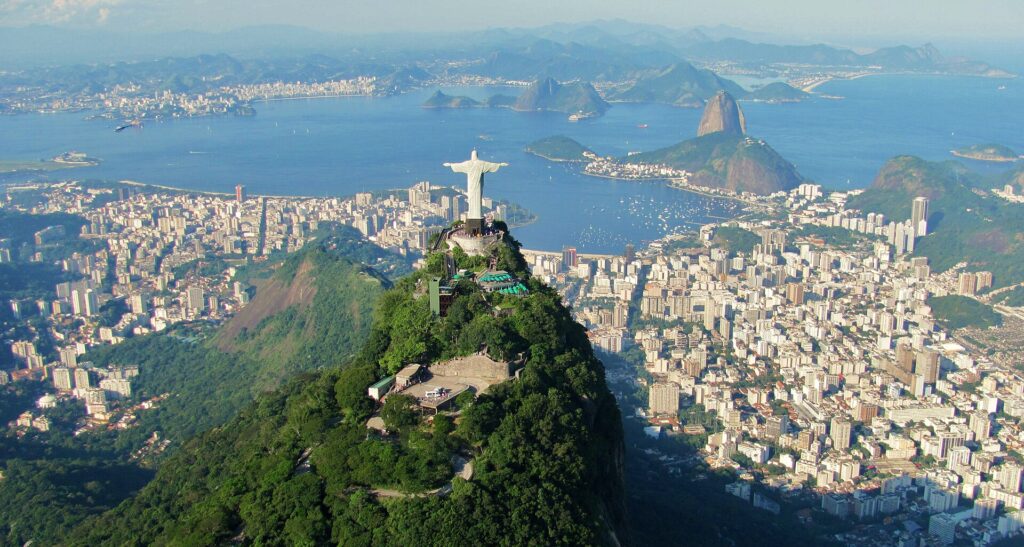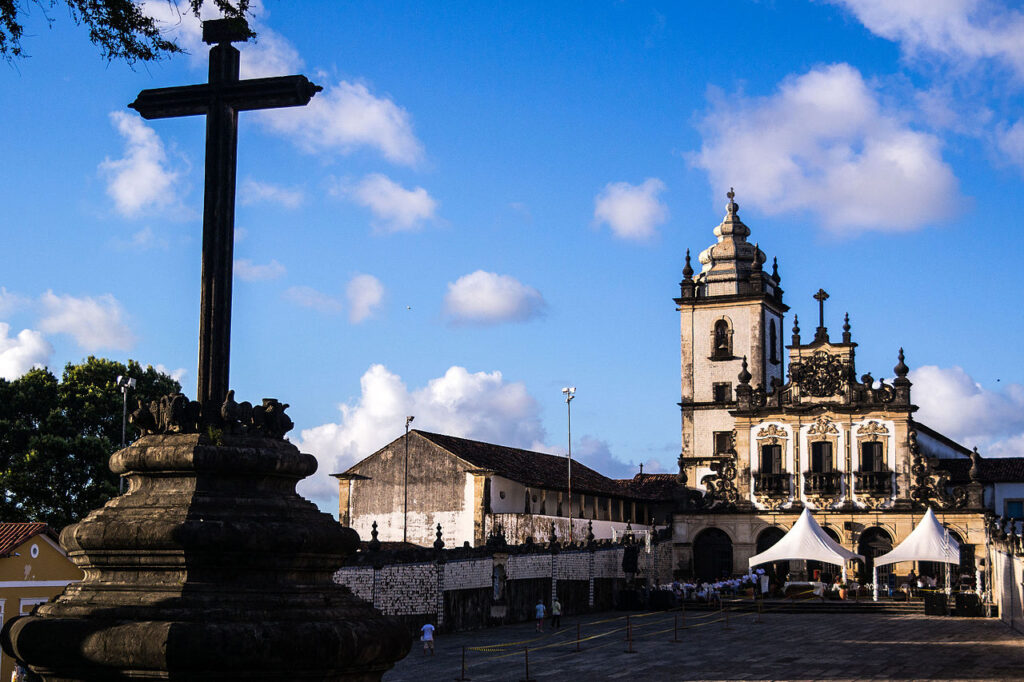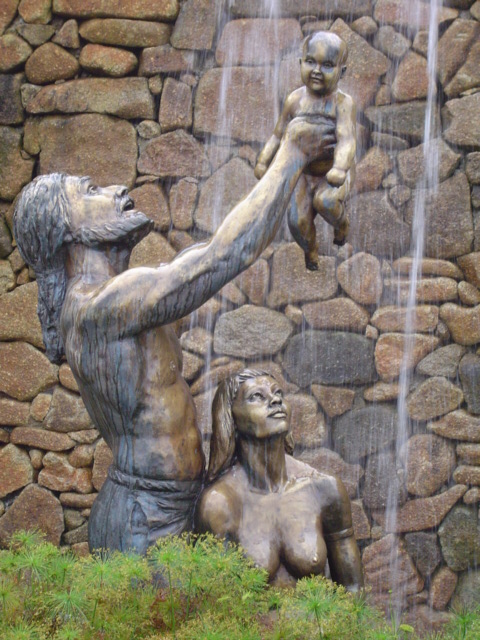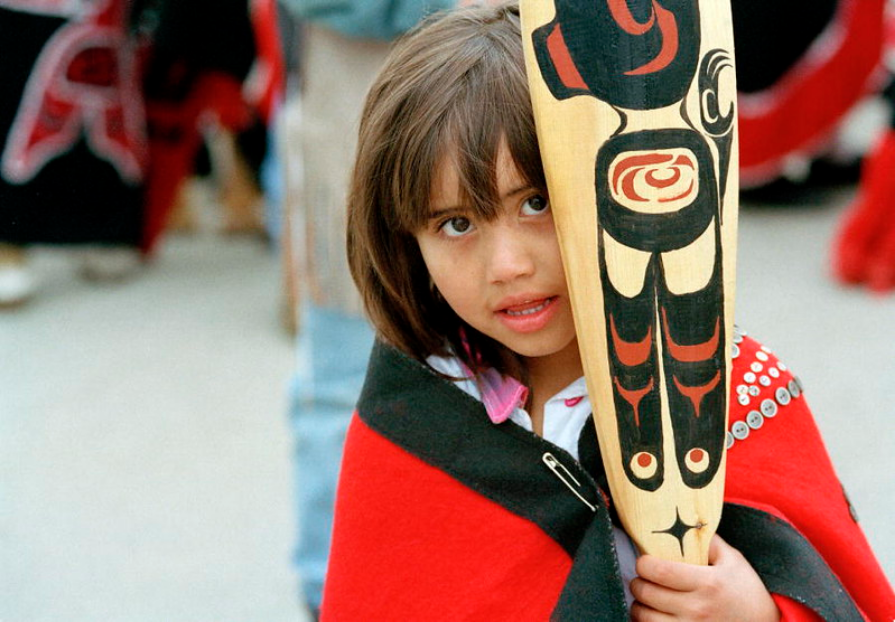Capoeira: The Martial Art Born from Bahia’s African Roots
Capoeira is more than just a martial art; it is a cultural phenomenon, a form of resistance, and a vibrant expression of African heritage in Brazil. Emerging from the plantations of colonial Bahia, this dynamic practice fuses combat techniques, acrobatics, music, and dance into a singularly Brazilian art form. Its…
The Imperial Legacy: Rio de Janeiro as the Heart of Brazil’s Empire
For nearly a century, Rio de Janeiro was the pulsating centre of the Brazilian Empire, a city where European opulence merged with tropical splendour. From 1808 to 1889, Rio served as the stage for events that defined Brazil’s imperial era, hosting Portuguese royals, shaping national identity, and setting the foundation…
João Pessoa: The City, the Man, and the Assassination That Shaped Brazil’s History
The name João Pessoa resonates deeply in Brazilian history, tied to both a city and a man whose legacy is etched into the political and cultural fabric of the nation. João Pessoa, the city, serves as the capital of Paraíba, known for its striking coastal beauty and rich colonial heritage….
The Caboclo Identity: Cultural Blending in the Heart of Amazonas
The state of Amazonas is often synonymous with dense rainforests and sprawling rivers, but its most enduring feature is its people—particularly the caboclos, a group that epitomizes cultural blending in Brazil’s Amazon region. The caboclo identity arose from the intermingling of Indigenous peoples, Portuguese colonizers, and African descendants, creating a…
Mato Grosso’s Indigenous Peoples: The First Inhabitants of Brazil’s Heartland
Mato Grosso, a state located in Brazil’s central-western region, is often celebrated for its vast wetlands, expansive forests, and the unique cultural landscapes of the Pantanal and Cerrado ecosystems. But before it became a modern center of agriculture and industry, this land was home to a diverse range of Indigenous…

